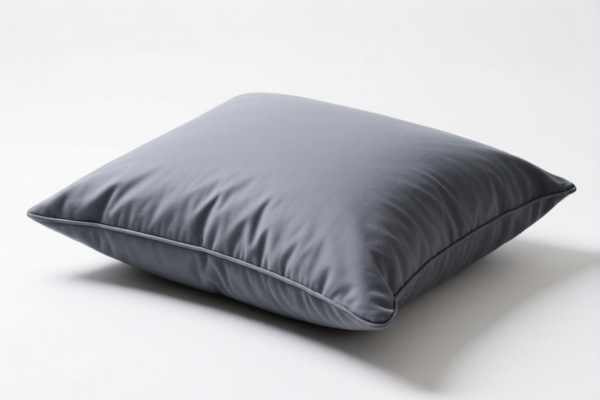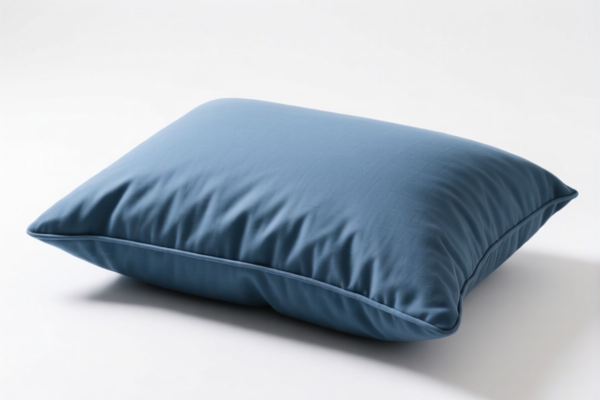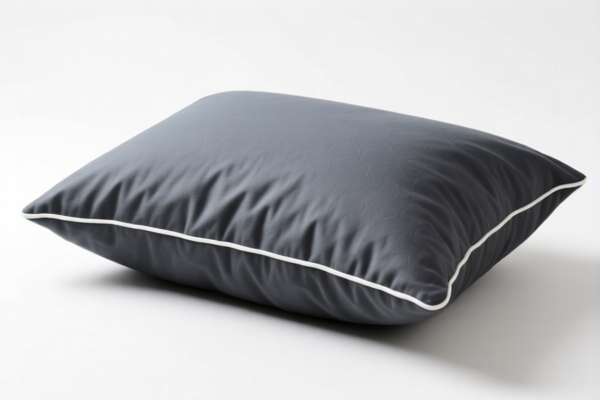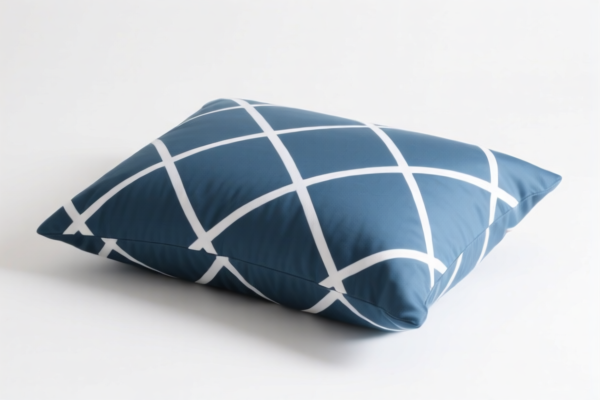| HS Code | Official Doc | Tariff Rate | Origin | Destination | Effective Date |
|---|---|---|---|---|---|
| 7326908688 | Doc | 82.9% | CN | US | 2025-05-12 |
| 7308400000 | Doc | 80.0% | CN | US | 2025-05-12 |
| 9406900190 | Doc | 82.9% | CN | US | 2025-05-12 |
| 9406900130 | Doc | 82.9% | CN | US | 2025-05-12 |
| 8306100000 | Doc | 35.8% | CN | US | 2025-05-12 |
| 8306290000 | Doc | 30.0% | CN | US | 2025-05-12 |
| 8304000000 | Doc | 33.9% | CN | US | 2025-05-12 |
| 7610900080 | Doc | 85.7% | CN | US | 2025-05-12 |
| 3926901000 | Doc | 40.9% | CN | US | 2025-05-12 |
| 3926909940 | Doc | 42.8% | CN | US | 2025-05-12 |
| 3925900000 | Doc | 60.3% | CN | US | 2025-05-12 |
| 3925100000 | Doc | 61.3% | CN | US | 2025-05-12 |




Pit Cover
A pit cover, also known as a manhole cover, is a removable plate used to protect and provide access to underground utilities. These utilities can include sewers, telecommunications, water supply, electricity, and gas.
Material
Pit covers are commonly manufactured from the following materials:
- Cast Iron: Traditionally the most common material due to its strength, durability, and resistance to corrosion. However, cast iron is heavy and prone to theft.
- Ductile Iron: A stronger and more fracture-resistant form of cast iron, offering improved safety and longevity. It is also heavier than other options.
- Concrete: Used for lighter-duty applications or where corrosion is a significant concern. Concrete covers are less expensive but also less durable and can crack over time.
- Fiberglass: A lightweight and corrosion-resistant option, often used in areas where ease of removal is important. Fiberglass is not as strong as metal options.
- Steel: Offers high strength but is susceptible to corrosion unless coated or made from stainless steel.
- Composite Materials: Increasingly used, these materials combine different elements for specific properties like high strength, low weight, and corrosion resistance.
Purpose
- Safety: Prevents accidental falls into the utility opening, protecting workers and the public.
- Protection: Shields underground utilities from weather, debris, and unauthorized access.
- Access: Allows authorized personnel to safely access and maintain underground infrastructure.
- Containment: Prevents the escape of gases or liquids from the utility chamber.
Function
Pit covers are designed to withstand significant loads, including:
- Pedestrian Traffic: The weight of people walking or standing on the cover.
- Vehicular Traffic: The weight of cars, trucks, and other vehicles, depending on the cover's load rating (typically specified in tons).
- Impact Loads: Forces from dropped objects or accidental collisions.
- Environmental Factors: Exposure to rain, snow, ice, and temperature fluctuations.
Usage Scenarios
- Roadways & Streets: Covering utility access points beneath paved surfaces.
- Sidewalks & Pedestrian Areas: Providing safe access to underground utilities in public walkways.
- Industrial Facilities: Protecting access points for pipes, cables, and other infrastructure within plants and factories.
- Wastewater Treatment Plants: Covering access points for sewer lines and treatment chambers.
- Telecommunications Networks: Providing access to underground cable and fiber optic lines.
- Water Supply Systems: Covering access points for water mains and valves.
Common Types
- Round Manhole Covers: The most common shape, as they cannot fall into the opening, providing a safer design.
- Square/Rectangular Manhole Covers: Used when a flush fit with surrounding pavement is required, but require a locking mechanism to prevent accidental displacement.
- Composite Manhole Covers: Lightweight and often used in areas where ease of removal is important.
- Watertight Manhole Covers: Designed to prevent water ingress, used in areas prone to flooding or where groundwater contamination is a concern.
- Self-Locking Manhole Covers: Feature a locking mechanism that automatically secures the cover in place.
- Scrap Steel Manhole Covers: Made of scrap steel, often with a locking mechanism to prevent theft.
Based on the provided information, “pit cover” can be classified under the following HS codes:
- 3926901000: Other articles of plastics and articles of other materials of headings 3901 to 3914: Other: Buckets and pails. This code covers articles made of plastics or other materials (headings 3901-3914), specifically including buckets and pails. A pit cover, depending on its material and function, could fall under this category if it's constructed from these materials and serves a similar containment purpose.
- 3926909940: Other articles of plastics and articles of other materials of headings 3901 to 3914: Other: Other Covers, rings and frames for manholes; catch basins; drainage gates and frames thereof; cleanout covers and frames thereof; valve, service and meter boxes. This code specifically includes covers for manholes, catch basins, and cleanouts, which could encompass pit covers depending on their application.
- 3925900000: Builders' ware of plastics, not elsewhere specified or included: Other. This code covers builders' ware made of plastics that aren't classified elsewhere. If the pit cover is used in construction and made of plastic, it may fall under this category.
Tax Rate Details:
- 3926901000: Basic tariff: 3.4%, Additional tariff: 7.5%, Tariff after April 2, 2025: 30.0%. Total tariff: 40.9%.
- 3926909940: Basic tariff: 5.3%, Additional tariff: 7.5%, Tariff after April 2, 2025: 30.0%. Total tariff: 42.8%.
- 3925900000: Basic tariff: 5.3%, Additional tariff: 25.0%, Tariff after April 2, 2025: 30.0%. Total tariff: 60.3%.
Important Note:
The classification of "pit cover" depends on its material composition and intended use. If the pit cover is made of metal, other HS codes may be more appropriate (e.g., codes related to iron or steel articles).
Customer Reviews
No reviews yet.